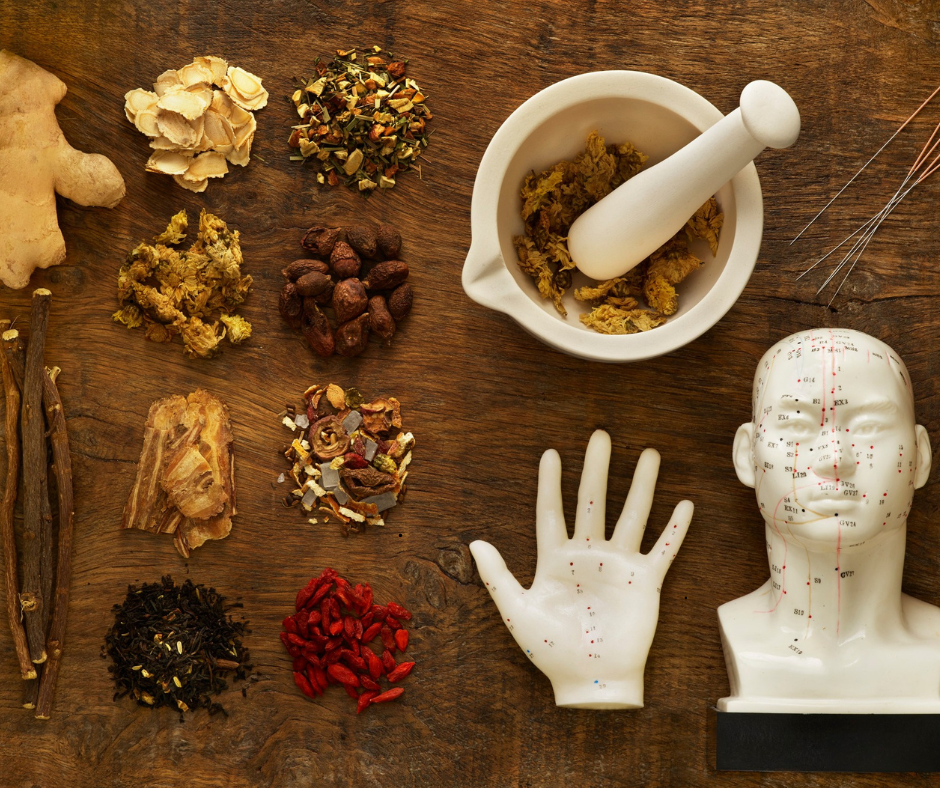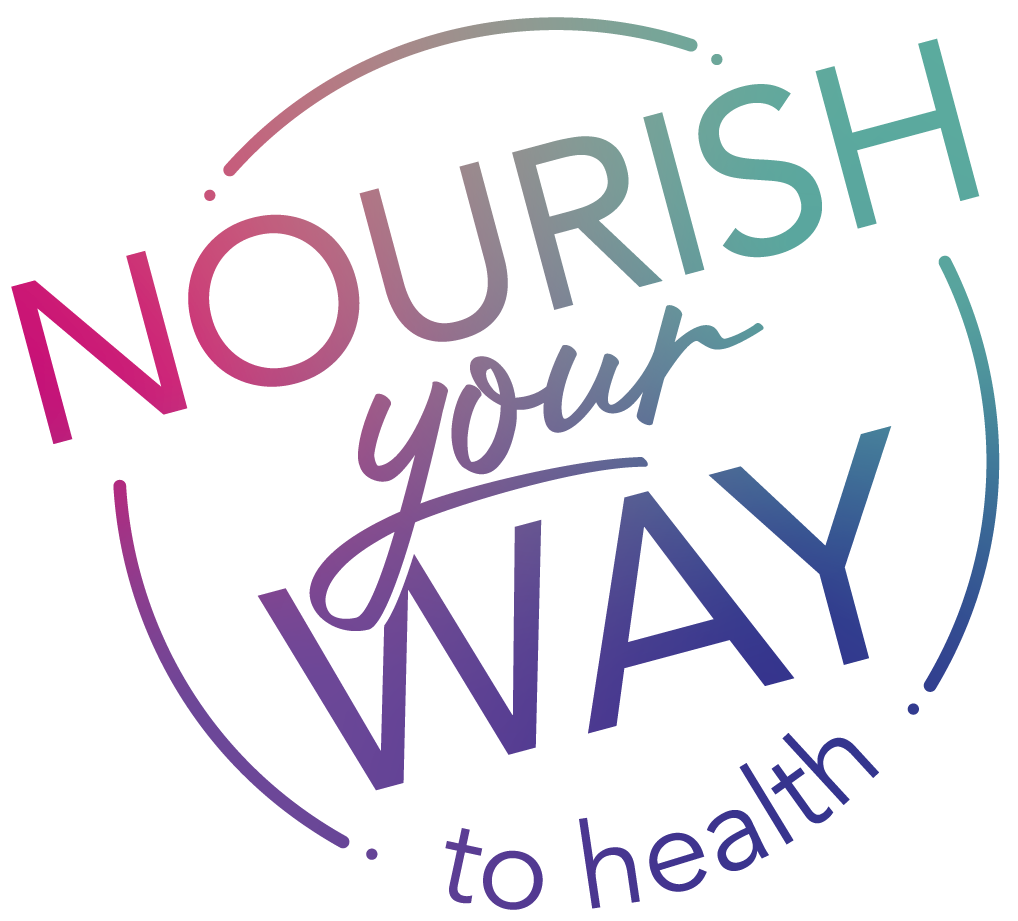
What is holistic fitness?
Holistic fitness encompasses a comprehensive approach to well-being that integrates the physical, mental, emotional, and spiritual dimensions of health. Unlike traditional fitness models that often prioritize physical strength and endurance, holistic fitness acknowledges that true health is multi-faceted and interconnected. This perspective encourages individuals to view their fitness journey as a harmonious blend of various elements, rather than a singular focus on exercise or diet alone. By adopting a holistic framework, individuals can foster a balanced lifestyle that promotes not only physical health but also mental clarity and emotional stability.
At the core of holistic fitness is the understanding that the mind and body are intricately linked. Engaging in physical activity, such as yoga or tai chi, not only strengthens muscles but also cultivates mindfulness and promotes relaxation. These practices can lead to improved mental health by reducing stress and anxiety, enhancing the mind-body connection, and fostering a sense of inner peace. Furthermore, adopting a meditation practice or incorporating techniques for emotional regulation can significantly enhance one’s capacity to deal with life’s challenges, creating a resilient and adaptable mindset.
Nutrition plays a pivotal role in holistic fitness, influencing both physical capabilities and mental clarity. Emphasizing a balanced diet rich in whole, unprocessed foods provides the body with essential nutrients that support optimal performance and recovery. Hydration, macronutrient balance, and mindful eating practices are integral components of this approach. Beyond nutrition, understanding the emotional relationship one has with food can also lead to healthier eating habits. This means exploring the psychological triggers behind cravings and making conscious choices that nourish the body while fostering a positive mindset around food.
Rest and recovery are key elements often overlooked in traditional fitness regimens. Holistic fitness emphasizes the importance of quality sleep and adequate downtime to rejuvenate the body and mind. Engaging in restorative practices, such as gentle stretching, meditation, or simply spending time in nature, can significantly enhance overall well-being. Prioritizing sleep hygiene and recognizing the need for breaks not only aids in physical recovery but also promotes mental clarity and emotional resilience. By integrating these practices, individuals can build strength and endurance while maintaining equilibrium in their lives.
Ultimately, holistic fitness invites individuals to embark on a personal journey of self-discovery and empowerment. It encourages setting goals that align with one’s values and aspirations, leading to a more fulfilling and purposeful life. Through a commitment to nurturing all aspects of health—physical activity, nutrition, mental wellness, and recovery—individuals can cultivate a balanced and vibrant lifestyle. As awareness of holistic fitness continues to grow, individuals are empowered to take charge of their health, fostering a deeper connection with themselves and their surroundings, ultimately leading to a more harmonious existence.
Ideas if Holistic Fitness

Integrative Medicine: Combines conventional medical treatments with complementary therapies, such as acupuncture, herbal medicine, and mindfulness practices, to enhance overall health.
Nutritional Therapy: Focuses on using food as medicine by emphasizing whole, unprocessed foods. Nutritional therapists may create personalized diet plans based on individual needs and health goals.
Mind-Body Practices: Techniques such as yoga, tai chi, and meditation promote relaxation, stress reduction, and mental clarity, fostering a connection between physical health and emotional well-being.
Energy Healing: Practices like Reiki, acupuncture, and Qigong aim to balance the body’s energy flow, enhancing healing and promoting physical, emotional, and spiritual well-being.
Herbal Medicine: Uses plant-based remedies to prevent and treat illness. Herbalists might develop individualized formulas to support specific health conditions while taking into account the person’s overall health and lifestyle.
Homeopathy: Based on the principle of treating “like with like,” homeopathy involves using highly diluted substances to stimulate the body’s natural healing processes.
Functional Medicine: Focuses on identifying and addressing the root causes of illness through a comprehensive understanding of an individual’s genetic, biochemical, and lifestyle factors.
Holistic Counseling: Incorporates psychological principles with mind-body techniques to support mental health and emotional well-being, addressing underlying emotional issues that may contribute to physical ailments.
Environmental Health: Emphasizes the impact of the environment on health, advocating for clean air, water, and food. Practices may include detoxification methods and promoting a sustainable lifestyle.
Lifestyle Medicine: Focuses on making positive lifestyle changes—such as diet, physical activity, sleep, and stress management—to prevent and treat chronic diseases.
Massage Therapy: Utilizes various techniques to relieve muscle tension, improve circulation, and promote relaxation, contributing to physical and emotional health.
Community Support and Connection: Recognizes the importance of social connections and support systems for overall health. This may involve group therapies, workshops, or community-building activities.
Spiritual Wellness: Encourages individuals to explore their spiritual beliefs and practices, which can lead to greater peace, purpose, and a sense of belonging, all of which contribute to overall well-being.
- Yoga: A mindful and a slow movement practice.
Keeping your ideas flowing for different health approaches.
Adrienne
x o
